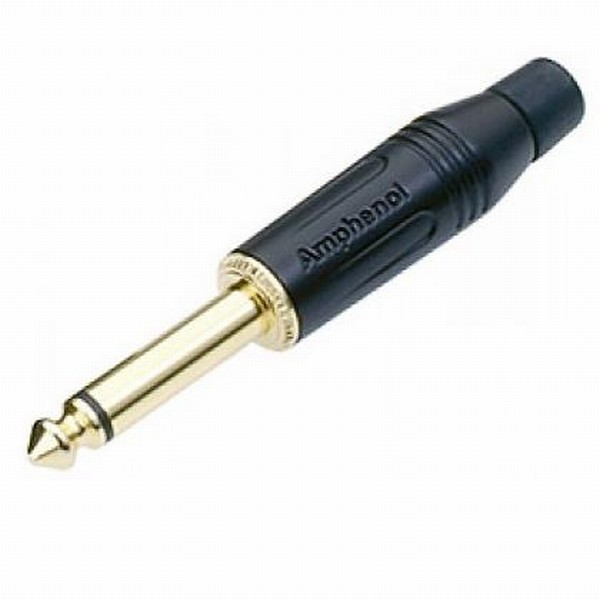Good evening gents,
I've been thinking about the best way to help you train without a). bombarding you with info and b). wasting your time. The answer is this blog, short snippets of essential info to make the practical training more effective.
I'm gonna start with some kit definitions because, well, what even is an unbalanced male-male XLR cable? Some of this will be basic, but stick with it as it will get harder!
Speakers
FoH: All the speakers which the congregation listen to, or Front of House. Within our FoH, there are Satellites and Subwoofers.
Satellites: These produce the high and mid frequencies - the main body of the sound, as it were.
Subwoofers: These produce the low, bass frequencies - the 'thump'
Foldback: We also have 'full-range' speakers which we place on the floor for musicians.
Cables
Not all cables are created equal, we have four types:
SpeakOn: Big thick cables for speakers, often using plastic blue connectors.
XLR: Three pins in a shield, most commonly used, especially mics.
Jack: Small and for instruments. Easy.
Cat5: Internet and digital signals, ours seem to break easily!
Mics and DI
These get our sources (vocals and instruments) into the XLR cable, ready to send to the desk. Or at least, that's how I think about it!
DI what? Direct Injection box: converts an instrument signal to a mic signal. ish.
Dynamic mic: Durable, designed for loud instruments and live vocals
Condenser mic: Sensitive, designed for quiet instruments and recording studios
That's all for this week! Next week we'll look at setting up mics, instruments and speakers.
For more information on all of this... Google 'Behind the Mixer' for reliable advice and knowledge.
Photo by Malte Wingen on Unsplash








